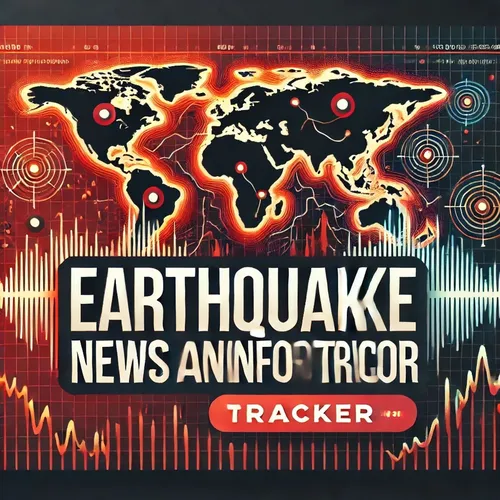Increased Seismic Activity Across the US: A Wake-Up Call for Earthquake Preparedness
- Author
- Quiet. Please
- Published
- Sat 16 Aug 2025
- Episode Link
- https://www.spreaker.com/episode/increased-seismic-activity-across-the-us-a-wake-up-call-for-earthquake-preparedness--67393635
The past week has seen an uptick in seismic activity across several regions in the United States, with notable earthquake swarms recorded in both the Pacific Northwest and California. According to the United States Geological Survey, Mount Rainier in Washington has experienced its largest recorded earthquake swarm since monitoring began, spanning from July 8 to August 15, 2025. The depths and frequency of these quakes have drawn scientific attention due to their location at an active volcano in a region considered highly vulnerable to future large seismic events. While these seismic swarms are not currently associated with signs of volcanic eruption, their occurrence highlights the ongoing geophysical unrest in the Cascades and underscores the importance of continuous monitoring.
Meanwhile, Northern California has faced its own concentrated burst of seismic activity. SFGATE reports that more than one hundred small earthquakes have shaken the area near The Geysers geothermal field in Mendocino County since Thursday morning, with the largest measuring a magnitude 4.0. This swarm, described by U.S. Geological Survey seismologist Susan Hough as not fitting cleanly into a single category, ranges from magnitude 0.3 up to 4.0, and reflects the area’s long-standing association with geothermal energy production and minor quakes. Residents in communities like Cobb and Middletown experienced light to moderate shaking, though no damage has been reported as yet. The northwest-oriented trend of the swarm is notable, especially since it does not follow any of the major mapped faults in this part of California. This episode serves as a reminder that active faulting is not always confined to well-known fault lines and that seismic risk can occur in unexpected places.
On a global scale, recent earthquake news features several moderate events in the Pacific, including a magnitude 5.6 quake in the South Pacific Ocean near New Caledonia, as well as a magnitude 5.1 earthquake near Guam. However, the most significant recent earthquake worldwide remains the magnitude 7.7 event that struck Myanmar earlier this year, with ongoing scientific investigation revealing it to be a record-breaking supershear rupture with impacted areas as far as Bangkok, according to EurekAlert.
Emerging patterns indicate that earthquake swarms and moderate events are increasingly being observed in geologically active regions, such as volcanic zones and geothermal fields in the United States. Experts caution that while most recent events have been relatively minor, increased seismic activity marginally raises the risk for future significant quakes, reinforcing the necessity for both public awareness and robust scientific monitoring in earthquake-prone areas.
Some great Deals https://amzn.to/49SJ3Qs
For more check out http://www.quietplease.ai
